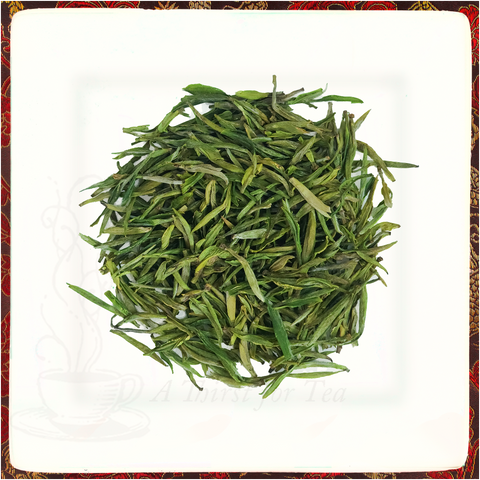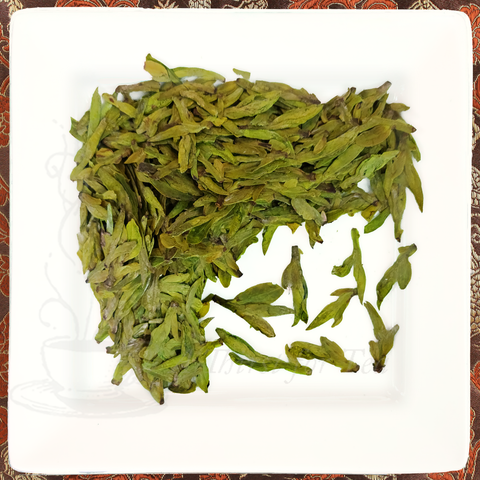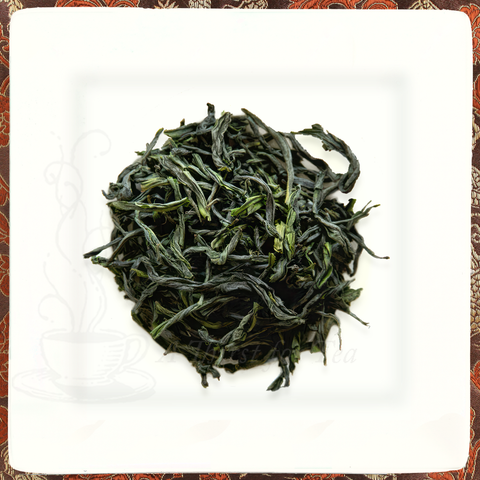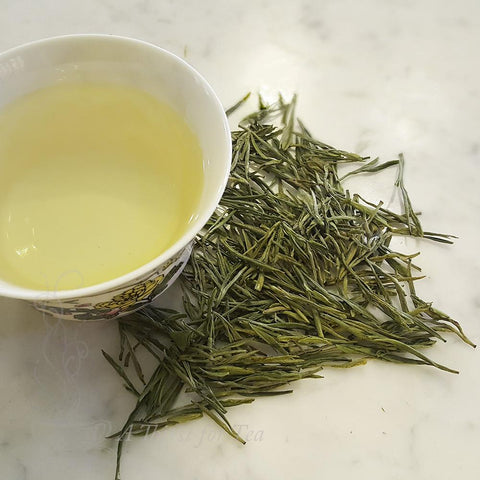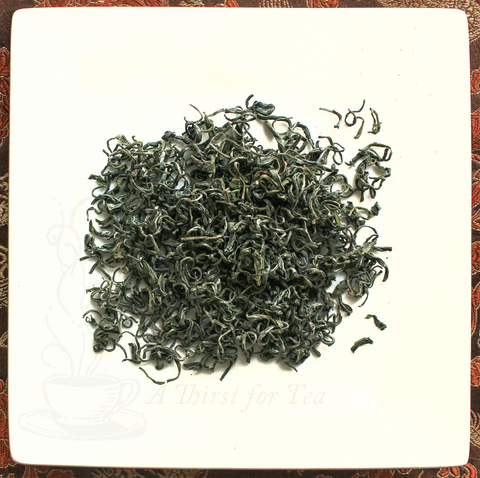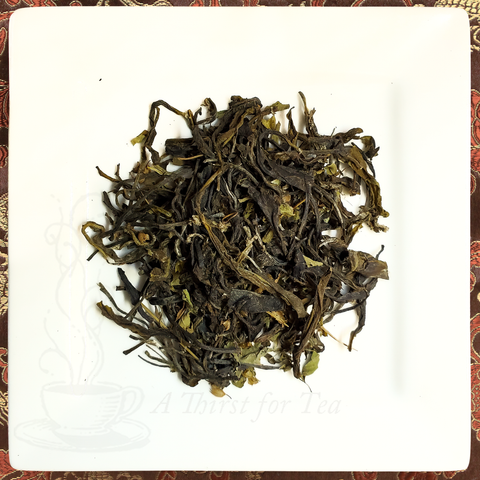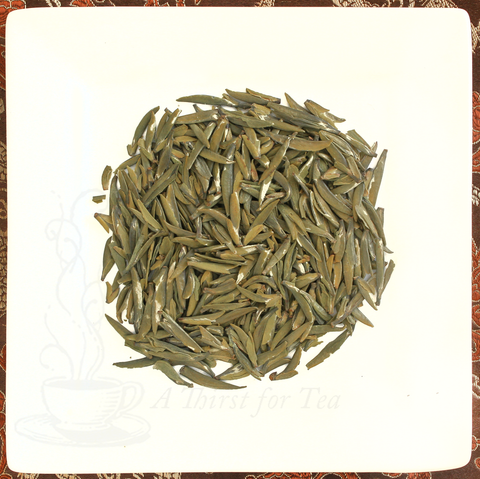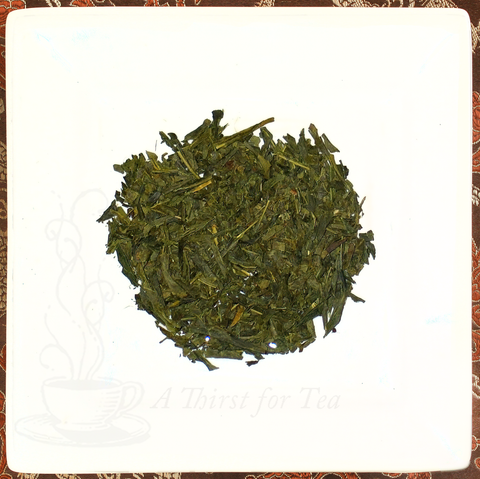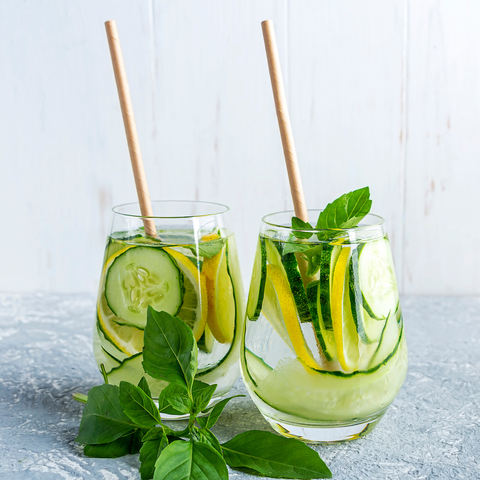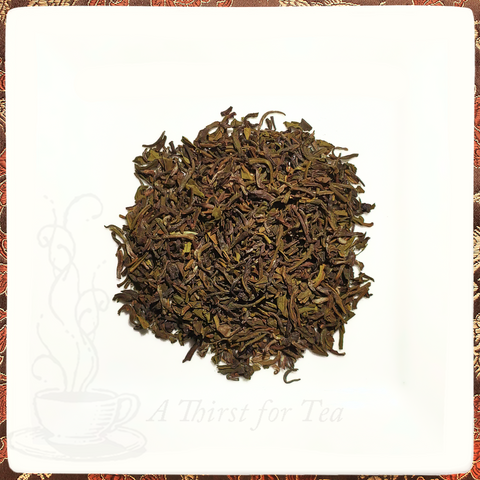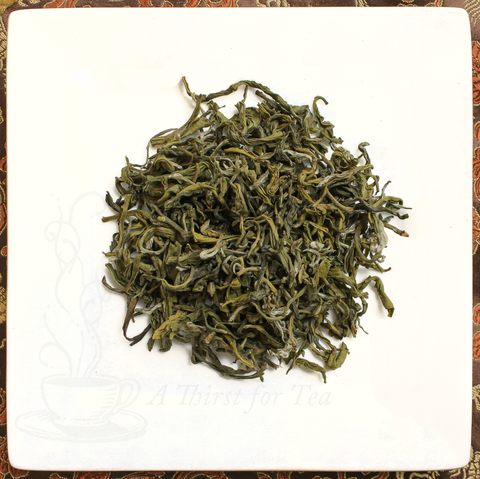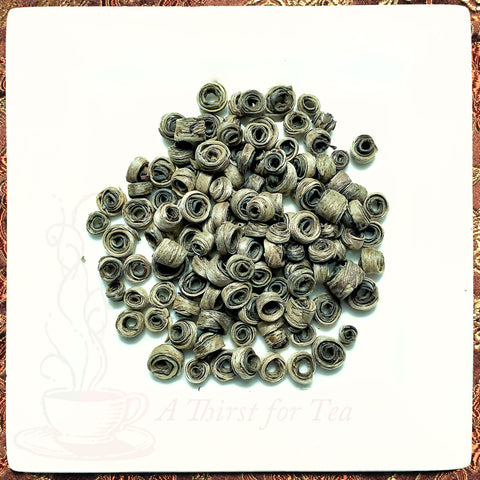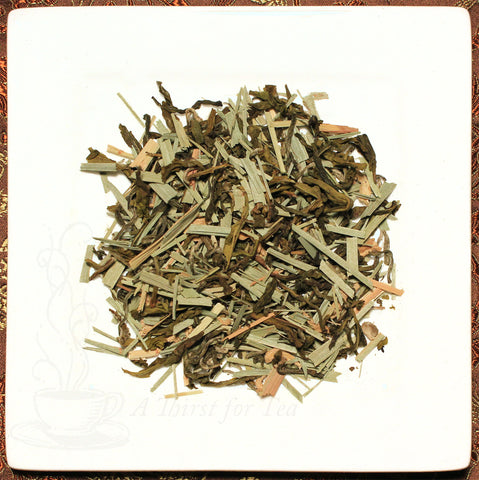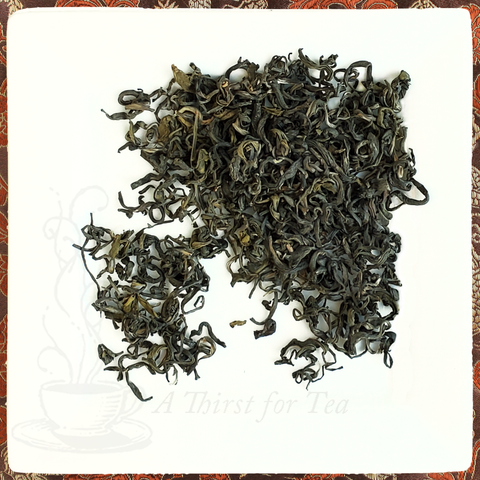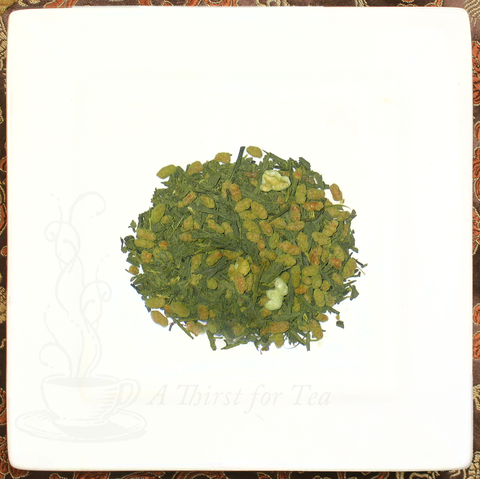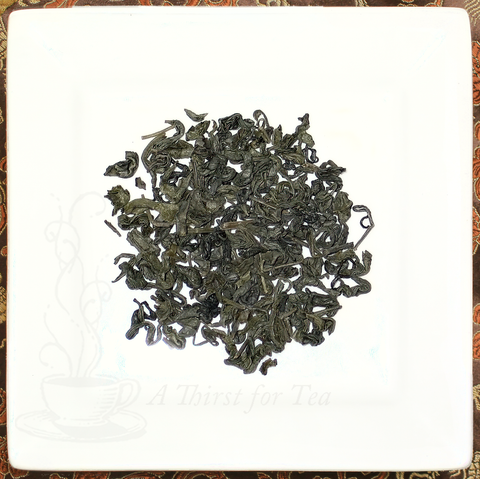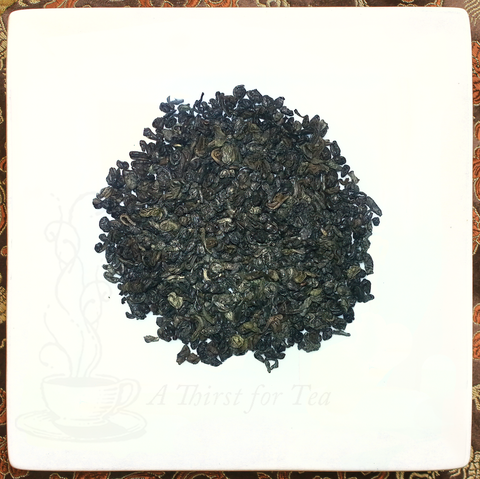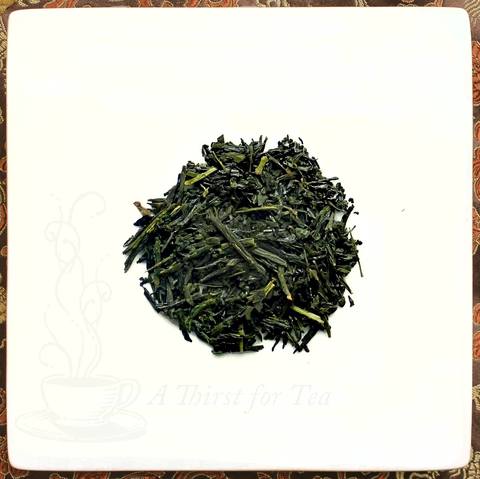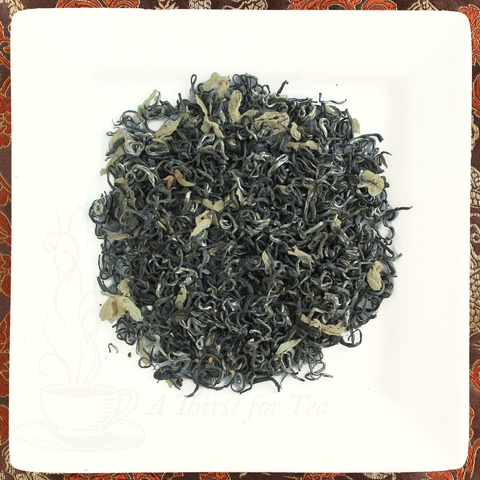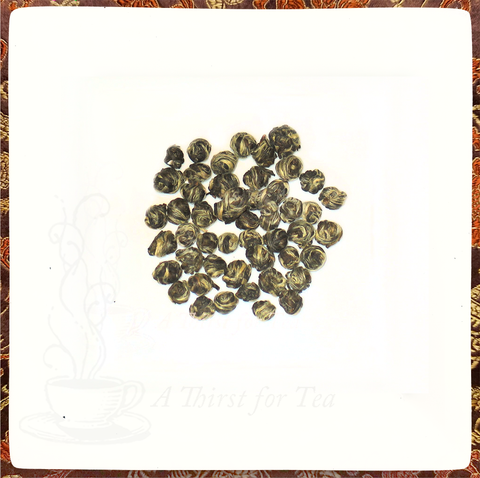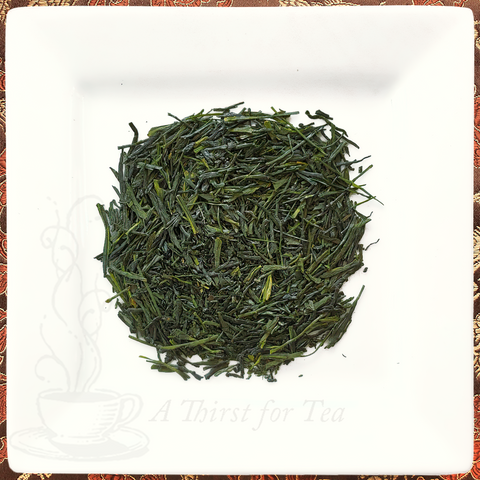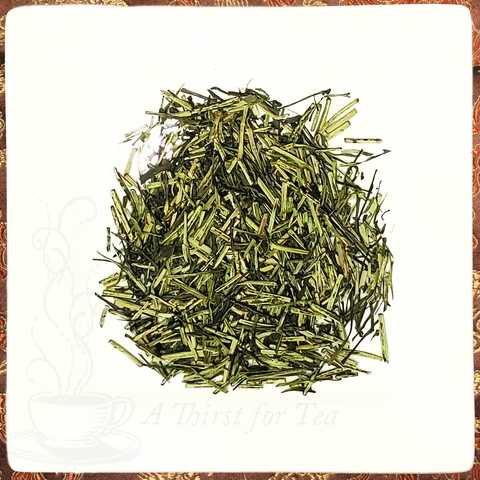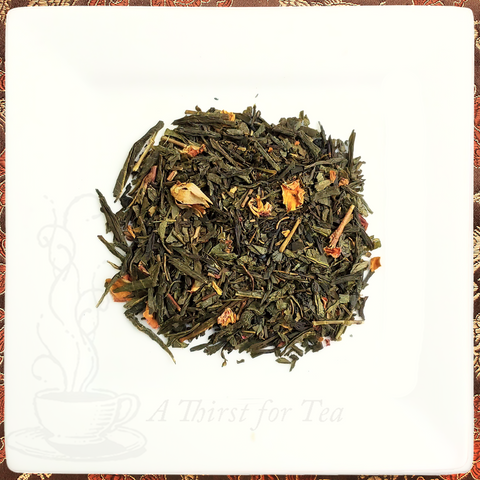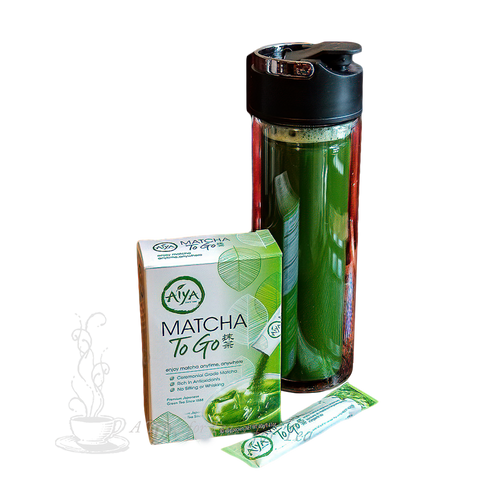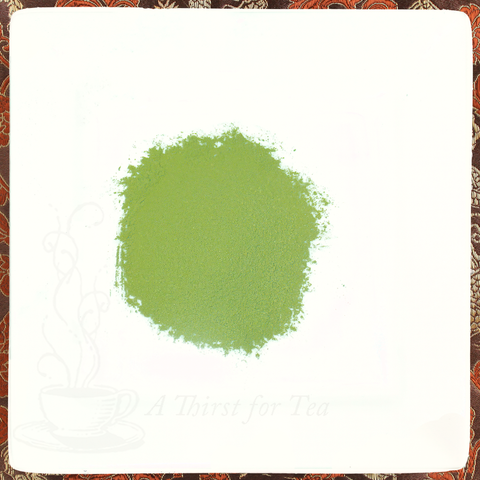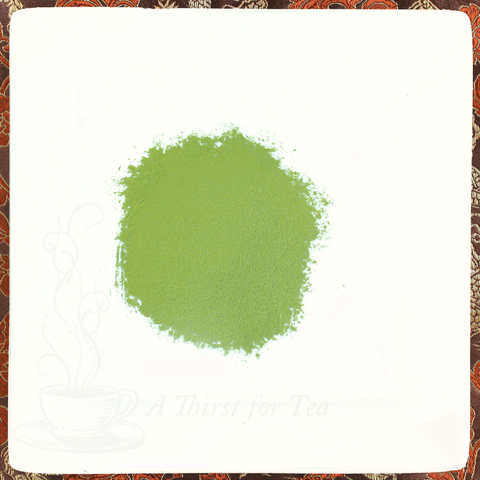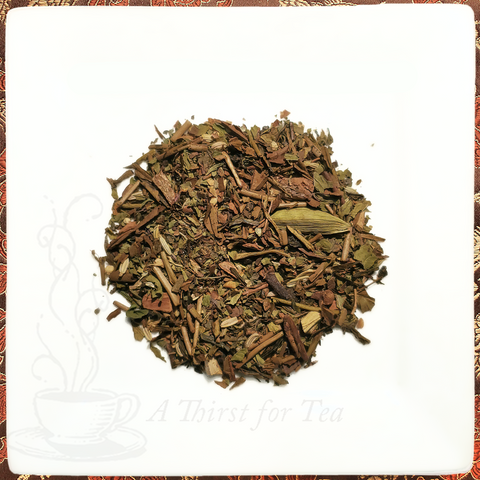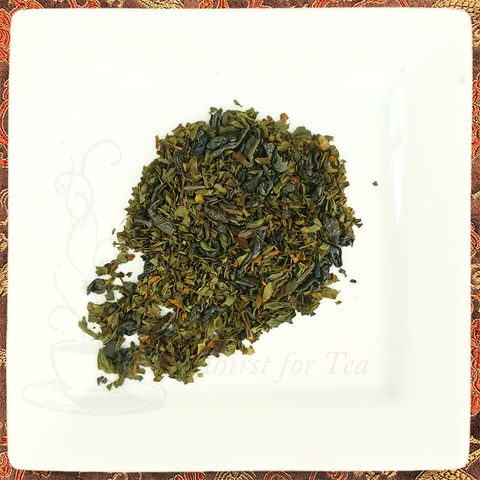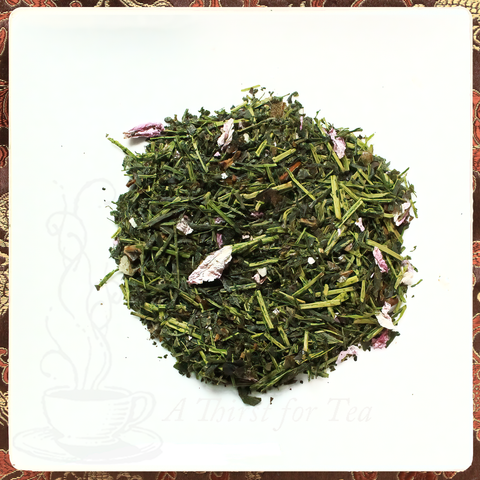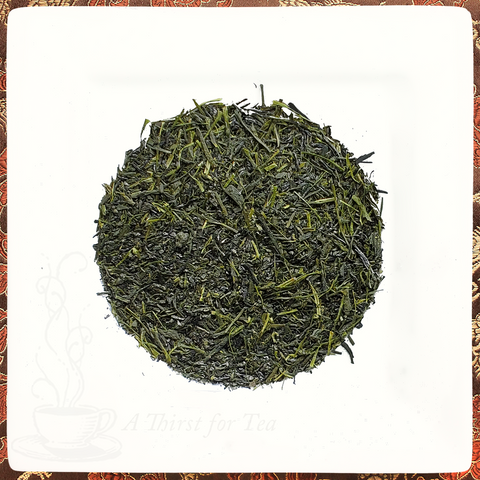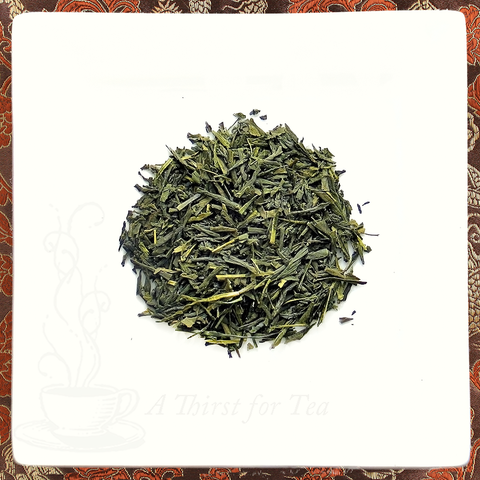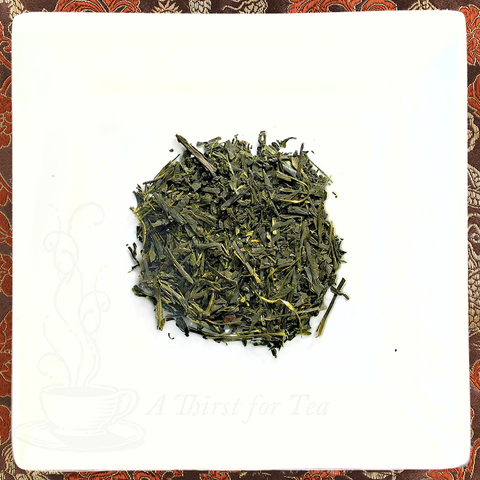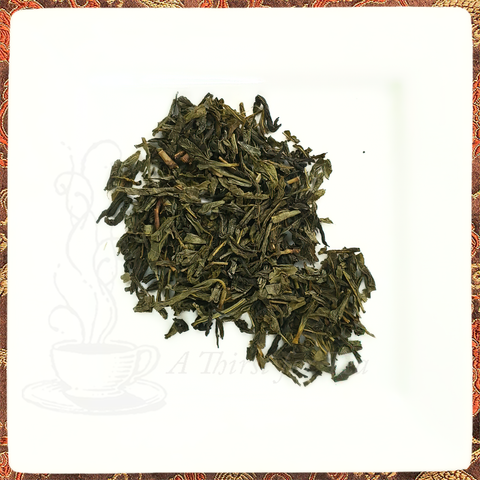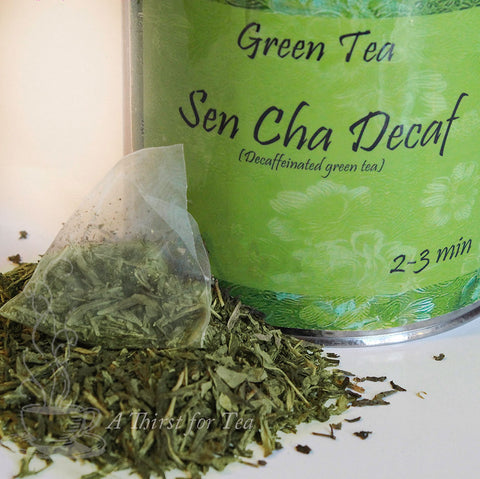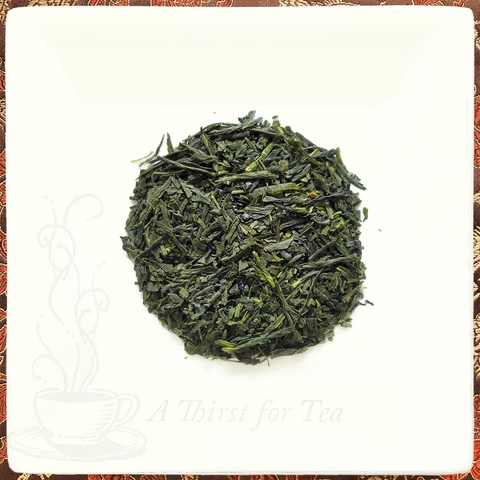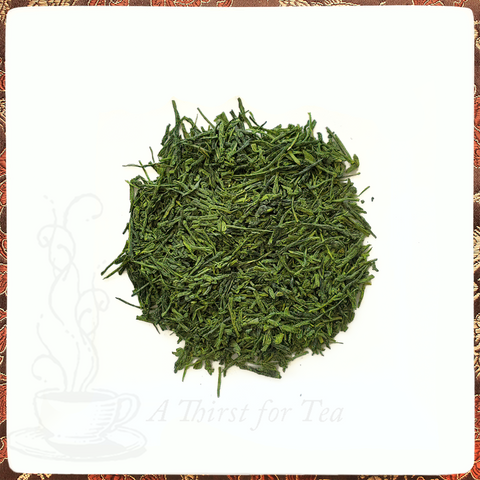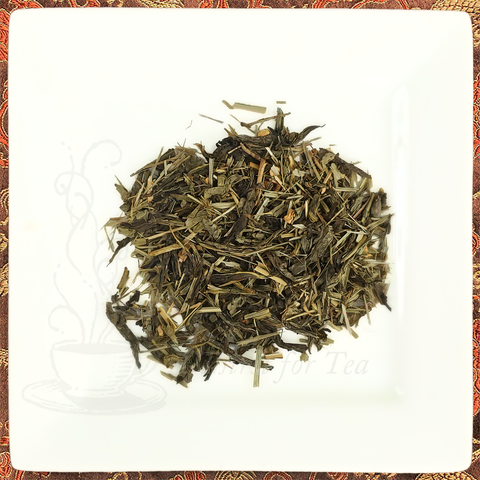Hoji Cha, Japanese Roasted Green Twig Tea
$3.99 $4.99Hoji Cha, Japanese Roasted Green Twig Tea
$3.99 $4.99- Gallery
- Description
- Hoji Cha Background
- Hoji Cha Preparation
- Reviews
Hoji Cha is a specially roasted green twig tea from Japan that has become one of that country's most commonly enjoyed beverages. Our Hoji Cha starts with young baby stems. After drying the stems are roasted over low heat which imparts a sweet taste & nice fresh toasty aroma. Hoji Cha's roasting process removes much of the caffeine from the tea. Owing to its low caffeine content Hoji Cha is commonly served to children & patients in hospitals. #TwigTea #GreenTea
Ingredients: Artisan green tea
Origin: Shizuoka-Prefecture, Japan
Hoji Cha, a specially roasted green tea, may seem exotic to Westerners but in Japan it is one of country's most commonly enjoyed beverages. Our Hoji Cha, produced by award winning Tea Maestro Hiroyuki Sugimoto, starts with young baby stems (other tea farms use low quality Bancha leaves). Owing to its low caffeine content Hoji Cha is often served to accompany meals and is also an ideal choice for late afternoon sipping as well as after dinner. It is also commonly served to children, and patients in hospitals.
Our Hoji Cha is fresh and smooth with good depth and body. After drying the stems are roasted over low heat which imparts a sweet taste and nice fresh toasty aroma. (Hojicha that has been roasted at too high a temperature loses much of its sweetness.) This roasting process results in a tea with a reddish color and light cup with a very exotic character, for a green tea that stimulates the senses, not the nervous system. Hoji Cha's roasting process removes much of the caffeine from the tea leaf. (The caffeine content in our gourmet Hoji Cha is much lower than ordinary Hoji Cha because it starts with young baby tea stems that contain less caffeine than tea leaves.) Try pairing our Hoji Cha with Asian themed meals and notice how well it cleanses the palate. This is truly a refreshing tea that is as good hot as it is poured over ice.
The city of Uji, the namesake of Hoji Cha, is one of Japan's most ancient places. The city is home to the Byodoin, recognized by UNESCO as the world's oldest wooden structure. It was built in 1053 and amazingly, still stands. The region has been home to tea gardens and tea pluckers for centuries and is to this day recognized as one of Japan's foremost green tea growing regions. Tagami Kikusha, a Japanese Poet living during those ancient times wrote about life in the area while living in another of Uji's famous buildings, the Manpuku Temple,
one step outside
The temple gate, its Japan
a tea-picker's song
Translated into English, the poem is a little cryptic. In Japanese, the short poem captures the warm feelings of joy felt by the pickers as they worked in the tea gardens - tea was considered a sacred and divine gift by the ancient Japanese.
Hoji Cha. Is it good? Hai!
Brewing Instructions
Water Temperature: 168-175 degrees
Water Quality: Best with Spring Water
Amount of Leaf (per 6 fl oz water): 1 rounded tsp. (2.5 grams)
Steep Time: 1.5--3 minutes
Number of Infusions: 3
Hoji Cha may be prepared in a standard teapot, tetsubin, or in your favorite mug or lidded gaiwan. For best results, we recommend that you pre-warm your vessel, and place 2.5 grams of leaf per 6 oz of liquid, before infusing with 168-175 degree water for up to 1-3 minutes. As with all green teas, Hoji Cha can be infused at least three times. Increase the time and temperature slightly with each subsequent infusion. Experimenting with your own temperatures and steeping times is encouraged, especially with such a forgiving tea. Cooler temperatures and shorter times yield more mellow, fruity elements, while hotter water and longer times produce more floral and full-bodied complexities. Always use the best-tasting water you can find, and adjust steeping times, quantity of leaves, and water temperature to your personal preferences.
We highly recommend brewing your tea in a teapot or mug with a removable infuser so that you can remove the leaves at the end of the steeping time. Whole leaf teas of this quality need room to unfurl and expand in the water in order to perform their "magic." If you don't have a removable infuser, you can brew the loose leaves directly in the pot. At the end of the steeping time, pour all of the tea into a warm serving pitcher or pot.




